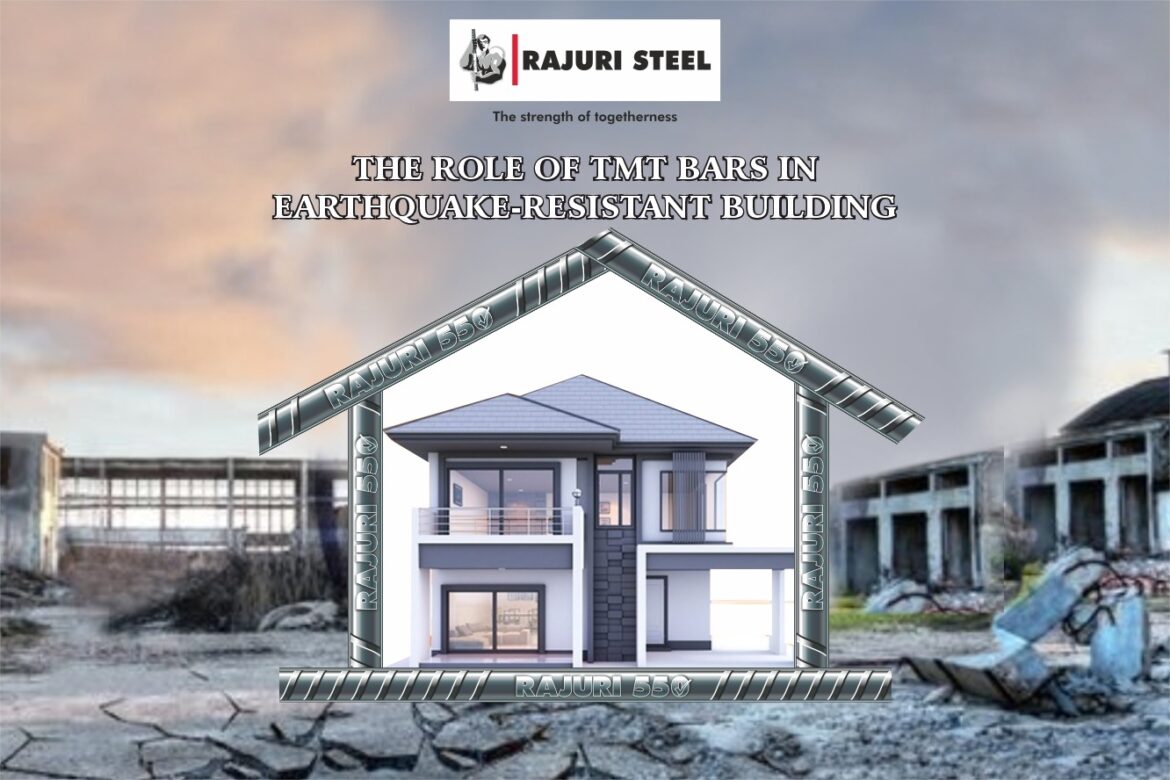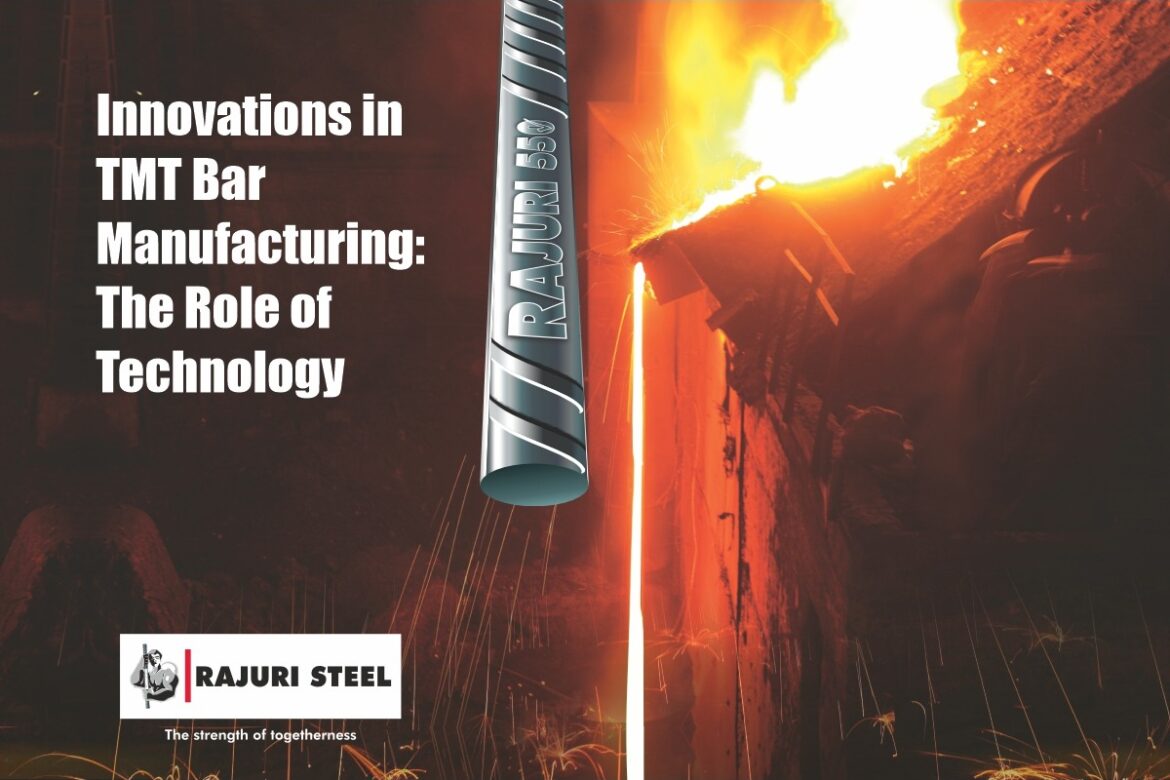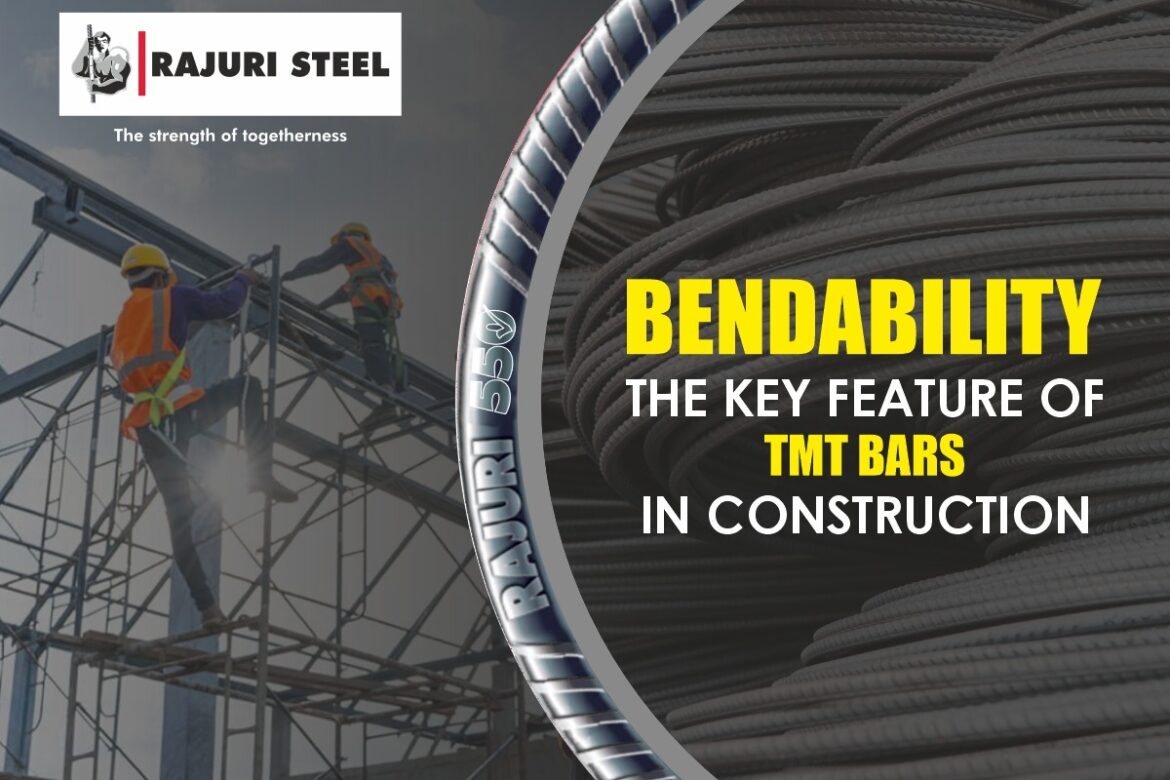Earthquakes are formidable forces of nature, that can cause catastrophic damage to structures, endangering lives and infrastructure. In a quake, the maximum damages happen when a building collapses, due to which the best construction materials, including TMT bars, must be used. Building earthquake-resistant structures is not only a matter of safety but also a testament to engineering innovation.
Earthquakes result from the release of seismic energy within the Earth’s crust, causing the ground shaking. In regions prone to earthquakes, ensuring the resilience of structures is not just a matter of safety but also a testament to human ingenuity and engineering excellence.
The Significance of the TMT Bars:
TMT bars are highly regarded for their exceptional strength, ductility, and flexibility, making them a cornerstone of earthquake-resistant construction. Here’s why they are pivotal in safeguarding buildings:
1. Exceptional Strength:
TMT bars are manufactured using a specialized manufacturing process that imparts exceptional strength to the steel. This remarkable strength is crucial for withstanding the intense forces generated during an earthquake.
2. Ductility:
TMT bars possess excellent ductility, allowing them to deform without breaking under stress. This property is vital as it allows to absorb and dissipate seismic energy effectively.
3. Flexibility:
TMT bars are more flexible than traditional steel bars, allowing them to adapt to the dynamic and unpredictable nature of seismic forces without compromising structural integrity.
4. Elongation:
TMT bars are known for their great elongation properties. During the event of an earthquake, the inelastic strains are handled in a better way. Due to a high elongation index, TMT bars absorb the shocks and the damage to the building would become minimal.
5. Reduced Brittle Behavior:
Unlike conventional steel bars, TMT bars exhibit reduced brittle behavior, which is common in conventional steel bars. This characteristic makes them less susceptible to fracturing during an earthquake, ensuring the structural integrity of the building.
6. Integral to reinforcement:
TMT bars are typically used in reinforced concrete frames and seismic bracing systems. They provide the tensile strength necessary to counteract the bending and shearing forces caused by seismic activity.
7. Compatibility with Reinforced Concrete:
TMT bars are commonly used in reinforced concrete structures. They provide the necessary tensile strength to counteract the bending and shearing forces resulting from seismic motion.
8. Rib Pattern:
The rib pattern of the TMT bars enables them to make a strong bond with concrete. This makes TMT bars shockproof and capable of preventing earthquake shocks on a more extensive scale.
In earthquake-prone regions, constructing earthquake-resistant buildings is imperative and a top priority. TMT bars are indispensable in this endeavour, offering unparalleled strength, ductility, and flexibility that significantly improve a structure’s ability to withstand earthquakes. As technology advances and construction practices evolve, TMT bars remain a cornerstone in ensuring the safety and resilience of structures. Ultimately, they play a pivotal role in safeguarding lives and preserving property in the face of the formidable natural threat that earthquakes pose and transforming buildings into strongholds of safety in seismic zones.
Rajuri Steel is one of the leading TMT bar manufacturing company in India. The best quality Rajuri Steel TMT Bars can save your structure against any natural disaster, especially a destructive event like an earthquake. To know more visit the widest range of Rajuri Steel products and enjoy the safety and durability of your structure.





All Comments:
You’ve highlighted the importance of using high-quality construction materials, particularly TMT (Thermo-Mechanically Treated) bars, in earthquake-resistant building construction.